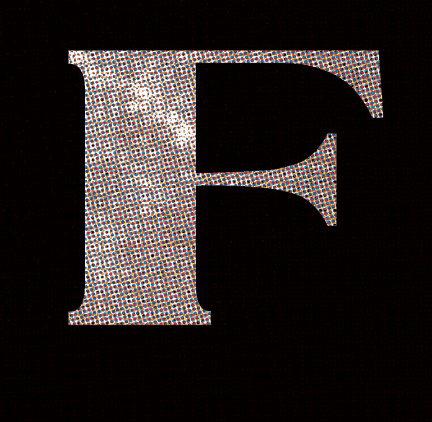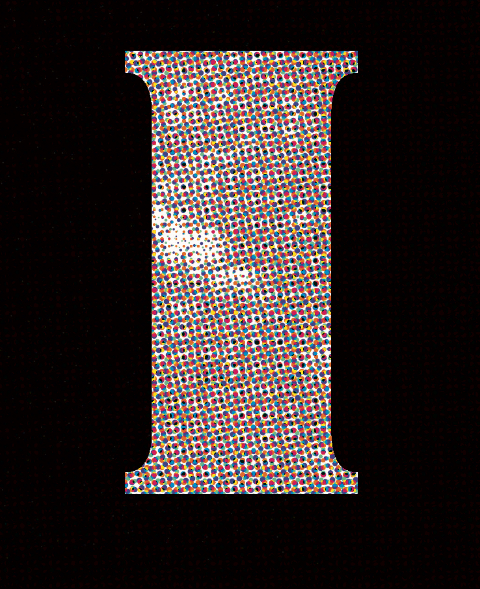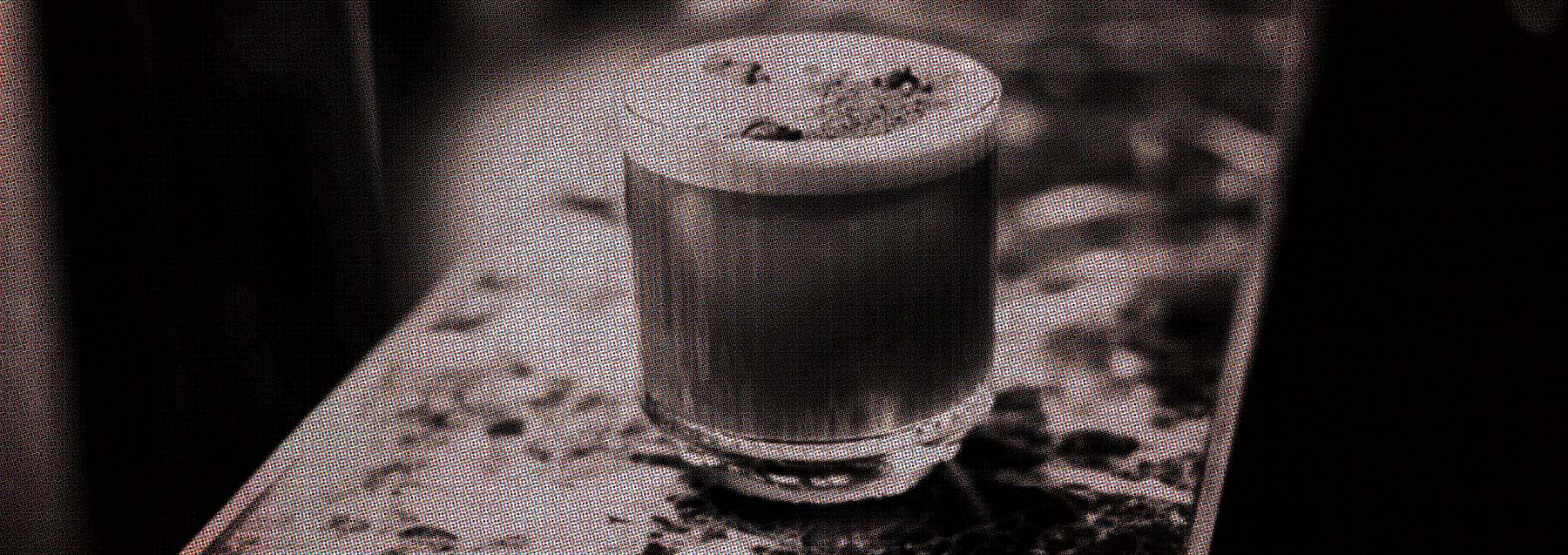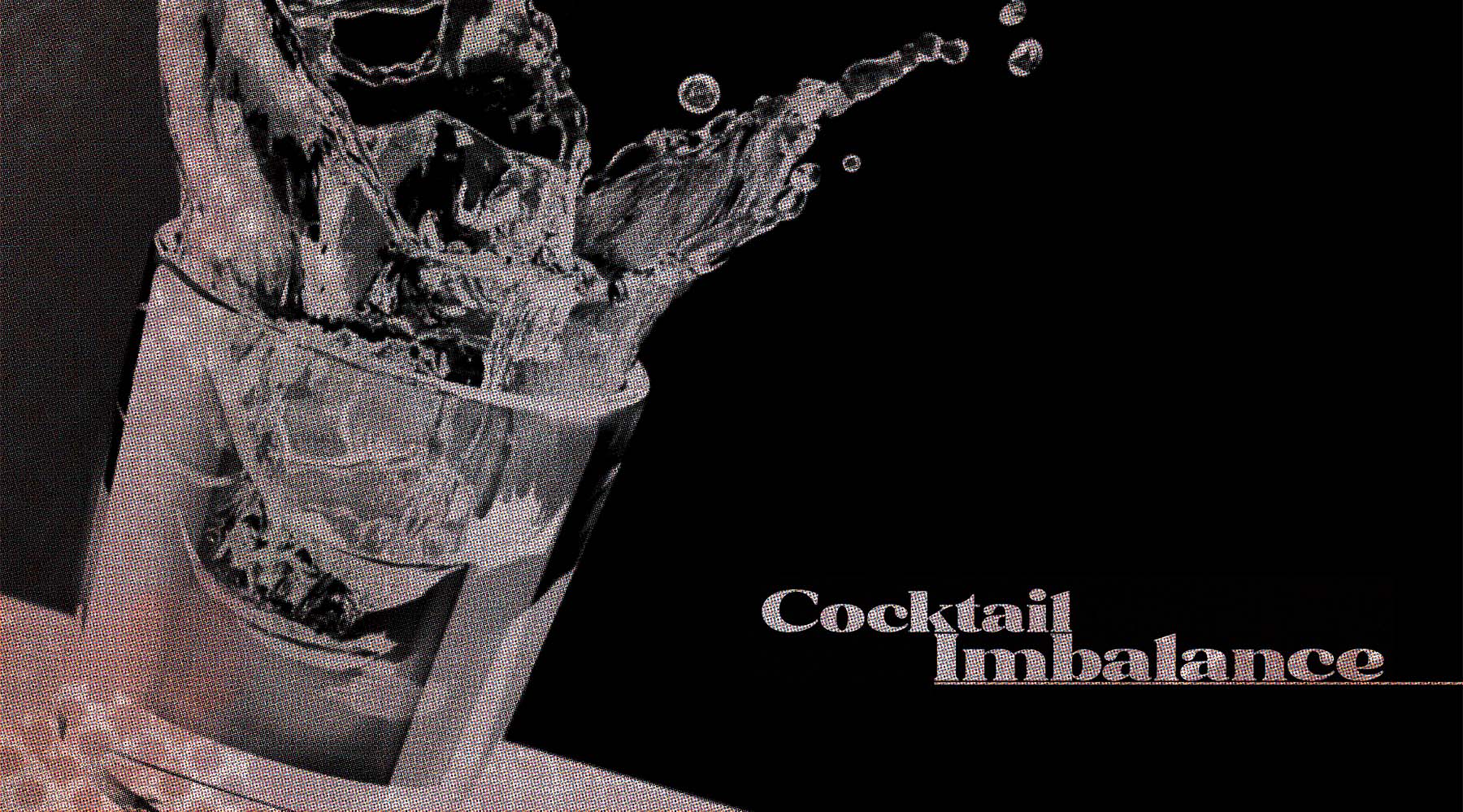Cocktail Imbalance: What’s Next for Denver’s Bar Scene
Dek – subheading Placeholder

t 12:01 a.m. on July 18, 2017, Thrillist posted a story called, “The Craft Cocktail Revolution is Over. Now What?” The piece was written by Kevin Alexander, then the site’s writer at large. (It was the same year Alexander won a James Beard Award for his piece, “Finding Pete Wells: A Search for America’s Most Dangerous Restaurant Critic.”) In the Craft Cocktail story, Alexander declared that the cocktail renaissance—the one that delivered big ice cubes, suspender-wearing “mixologists,” and a rabid appetite for classics like Sazeracs and Negronis—was kaput. “Creativity seems to have become… a little scattershot,” he wrote. “Maybe even a little desperate. Perhaps that’s because there are more bartenders with less experience, or maybe it’s just because there are a finite number of good ideas out there.”
That was five years ago, and yet Alexander’s words feel more relevant today than ever. Has anything really changed (global pandemic notwithstanding)? There are excellent bars everywhere—and hallelujah to that—but in the high-end cocktail realm, they all tend to subscribe to the same doctrine. As Alexander points out, the success of the classic cocktail movement means that a perfect Vieux Carré can be had in nearly every city, from Omaha to Manhattan. That’s a lovely thing, but where, we ask, is the excitement? What’s the juggernaut that’ll inspire genius and again catapult the industry forward?
What’s the juggernaut that’ll inspire genius and again catapult the industry forward?

nnovation has come from innovation in ingredients,” says Chad Michael George, longtime Denver bartender and now an industry consultant. “There was the shrub craze and the N/A spirit movement is huge, but outside of continuing to push on what other ingredients are out there, I don’t know where else a serious amount of innovation is coming from in the near future.” Of course, it was a focus on fresh ingredients and just-squeezed juices that propelled the classic cocktail movement to where it is today.
But finding inspiration in ingredients is not as easy as it used to be. Sly Cosmopoulos, director of beverage marketing for the Texas-based Republic National Distributing Company, notes that the current challenge for bartenders post-pandemic is that “we have to do more with less.” She says, “How do you make it interesting when [operators] aren’t bringing in fresh ingredients because they’re dealing with half capacity?” There are stand-in mixers and high-end concentrates (just look at products like Monin’s distilled essences of fresh basil, thyme, or rosemary), but if the ingredient is the jumping-off point, then we’re squelching creativity from the get-go.
That’s to say nothing of the dried-up wells the industry usually turns to for inspiration—most notably travel (which remains as tricky as ever) and new bar and cocktail book releases. For many bar pros, flying to different cities to sit at someone else’s bar has long been part of the creative cycle. “That’s a fun way to find new things and to stoke the imagination,” says Amanda Villosio, manager of Pony Up and president of the Colorado Bartenders Guild. “Even if you’re seeing the same thing, it makes you think about food and drinks differently and in a new way.”

Likewise, a good cocktail book can help reframe or broaden the way one thinks about mixing drinks. With the exception of The Aviary Cocktail Book and Zero: A New Approach to Non-Alcoholic Drinks (both from the ever-inventive Alinea Group), the consensus is that there’s been little in the way of real inspiration in the last few years. “It’s been a long time since I’ve been really excited about a cocktail book,” says Austin Carson, co-owner of Restaurant Olivia and, prior to owning the restaurant, considered by many to be one of the most creative bartenders in the industry. “There was a period when every three to six months, there was something groundbreaking. It feels like people are running out of ideas. Like we’re bumping our heads against collective consciousness.”
Ironically, it may be the zero-proof and low-ABV movements that stoke the industry’s fire and push it forward. ”It’s a creative challenge,” says Jon Feuersanger, beverage manager at Death & Co. in Denver. “You learn a lot about spirits when you’re mixing things without spirits. We’re delving into drinking traditions that are non-alcoholic by nature.” The education and experimentation that goes into exploring viscosity and mouthfeel and balance in regards to an N/A cocktail is extensive, but is it really enough to help the entire industry burn brighter? “Low ABV and N/A, it’s the first thing that popped into my head [when thinking about innovation],” says Carson. “But I think it’ll pale in comparison to the wholesale change in the industry 10 to 15 years ago with classic cocktails and fresh ingredients.”

ewer ingredients and a dearth of creativity aside, the biggest hit to the industry is that veteran bartenders are leaving in droves. “I think the industry has hit the same stagnation as restaurants because, traditionally, the cocktail bar isn’t where people make good money,” says George. “It’s easier to sling drinks—when I opened Avanti, bartenders were making more there than at Williams & Graham in the same amount of hours.” The truth is, getting people excited about a labor-intensive job that isn’t financially rewarding was already difficult before COVID. For obvious reasons, the pandemic has accelerated a migration away from the bar.
When seasoned pros hang up their aprons, their know-how often disappears with them—not just how to craft a beautiful, balanced drink, but also how to read a room and be a conduit of energy and crowd communication. “The industry is seriously lacking mentors,” George says. And without them, young bartenders with potential are moving into bigger roles too quickly. When asked who I should talk to in this new guard, the answer was the same: “Whoever that next generation is, I don’t know them,” says Carson. George, Villosio, and even Jen Mattioni, DiningOut’s beverage editor, also had the same response.
That gap in the chain, where a promotion catapults someone to the top before they’re ready, means many bar and cocktail programs lack substance and are instead leaning on wow factor—the Instagrammable thing that spews smoke or confetti or whatever else—that has nothing to stand on. “Substance—there’s got to be some,” George says, quickly noting that a lack of cocktail fluency is not necessarily a bartender’s fault. “No one taught them balance. It’s such an important thing,” he explains. “Chefs learn it in the kitchen all the time, but bartenders are thrown out there to create on their own.”
That goes for hospitality, too. Bartending is equal parts skill and nuance, the latter of which—the ability to read a room—is, perhaps, most prized. “If I’m looking for a great cocktail, what I’m really looking for, rather than a super-creative menu, is a great place with a good menu and ridiculous hospitality,” George explains. Those skills are learned as much as they’re intuitive and they require dialing down the ego. “People want to prove themselves, but they don’t know what they don’t know,” confirms Villosio. “The best thing younger bartenders can do is sit at a bar and watch the bartender from the service well and ask questions.”
“No one taught them balance. It’s such an important thing.”
—Chad Michael George, bartender and industry consultant

t’s not all gloom and doom everywhere, of course. At Death & Co., Feuersanger sees potential in the up-and-comers. “What drives our innovation is the next generation of bartenders,” he says. “You have these newer kids with fresh sets of eyes and perspectives. I’m excited to help them grow to be more well rounded, to be better at hospitality, to be technically better.” As an established and renowned brand, Death & Co. has the resources, the backbone, and the manpower to do just that. “One of the things bestowed upon those who are mentoring is teaching [the next generation] to respect those things and understand how [ingredients] work. We spend a lot of time with R&D,” explains Feuersanger.
For those outside of the Death & Co. circle, there will soon be a clearer path paved with training and mentorship. George has partnered with longtime Denver bartender and former Carboy Winery COO Jason Snopkoski to launch a bar training program called Proof Academy. “There are programs out there like BarSmarts and, if you’re lucky enough and you have the money, there’s BAR 5-Day. But there’s nothing in between,” says George. Talk to any restaurateur about what has suffered the most from an employment onboarding perspective during the pandemic, and the answer is unanimous: training. “There’s a massive demand, even for those with good staff,” he continues.
…creativity is funny; it can bubble up out of nowhere like a hidden spring pushing through bedrock.
Given how strapped managers and salaried employees are for time and staff, training is often the first thing that gets pushed to the side. But just one poorly trained (or untrained) employee can create a negative snowball effect that has ramifications not just for a single business but on the industry as a whole. After all, how can one learn the trade’s nuances—not to mention how to build a balanced cocktail or wrestle creativity into something viable—without a seasoned pro showing them the ropes? “We’re going to create the program for [operators],” explains George. “There will be many different options, including subscriptions so they can send every new employee they hire. I think they’ll have a better understanding of the industry and I hope it becomes a perk of employment.”
The pandemic certainly hasn’t helped things since Kevin Alexander’s 2017 proclamation that the cocktail world was in a slump. Whatever stagnation had already taken hold by March 2020 hasn’t loosened its grip, because who has had the energy to do anything but survive? “We get a lot of people, a lot of industry, coming in and talking to us,” says Villosio of Pony Up. “It used to be about products on our bar and they’d ask to taste things. Now everyone is just exhausted.”

But creativity is funny; it can bubble up out of nowhere like a hidden spring pushing through bedrock. It may not always lead to good ideas (cotton candy cocktails, anyone?), but it’s the human condition to stretch and edit and play. As Feuersanger puts it, “Inspiration cascades. You can see the signature, and you can see the riffs. It’s all connected.”
Talk to us! Email your experiences (and thoughts, opinions, and questions—anything, really) to askus@diningout.com.

